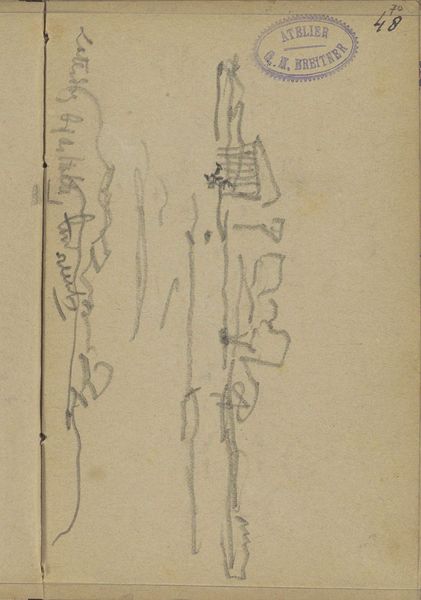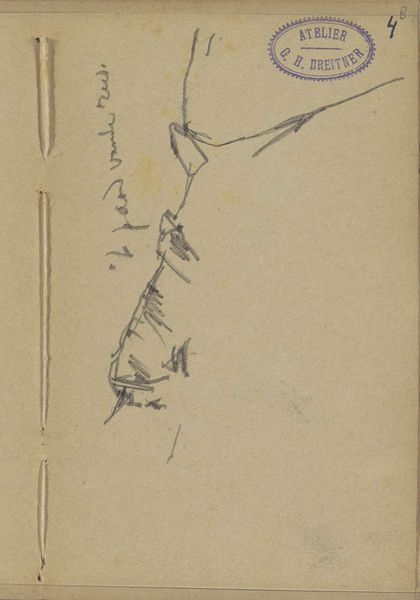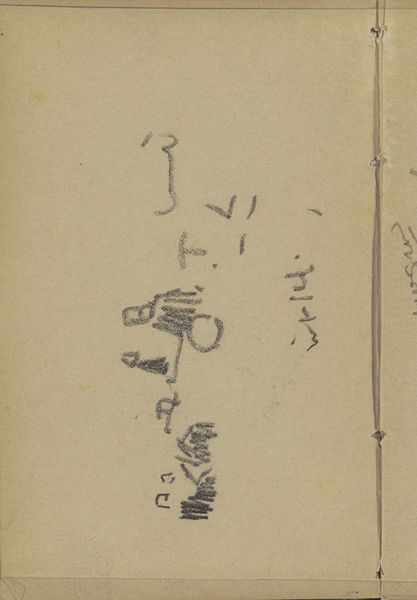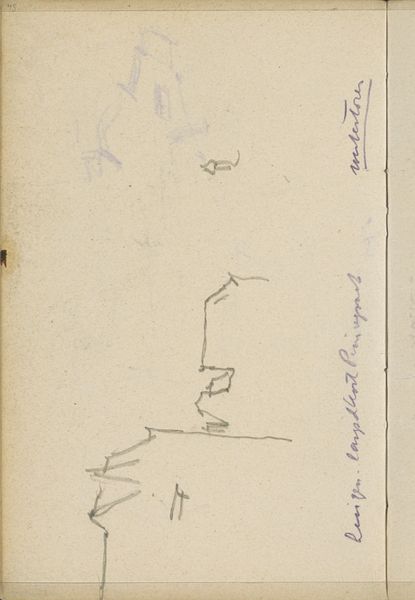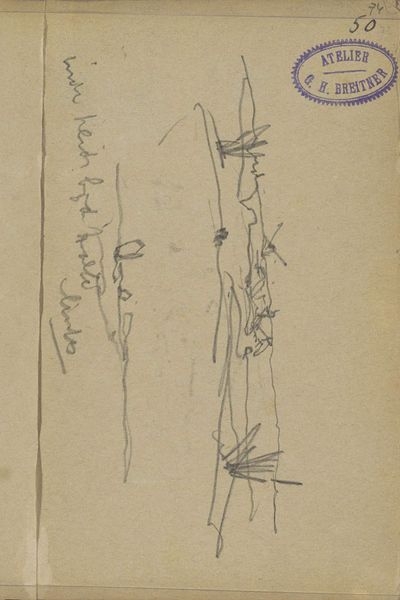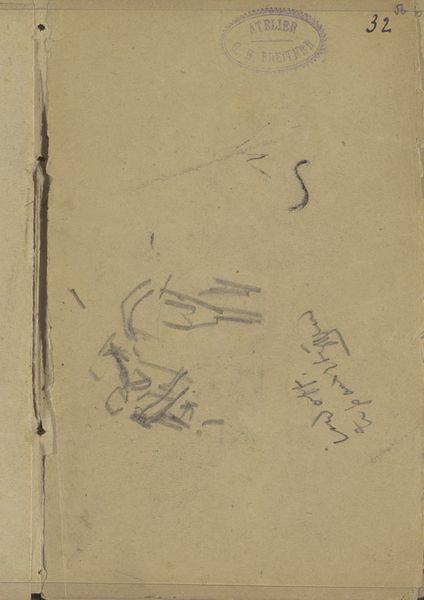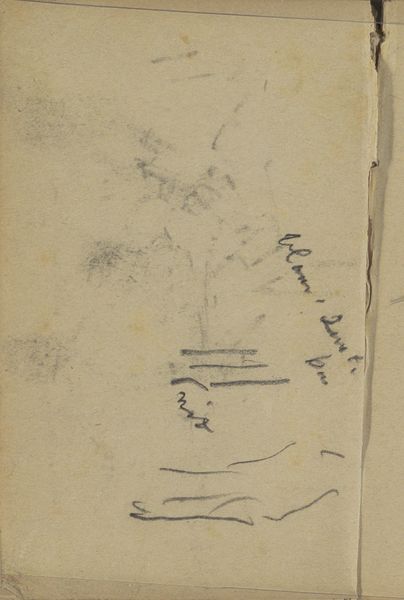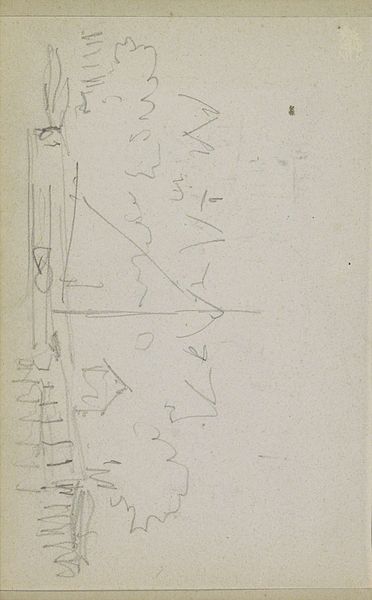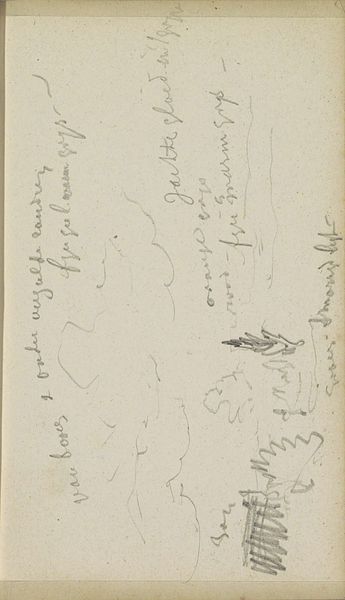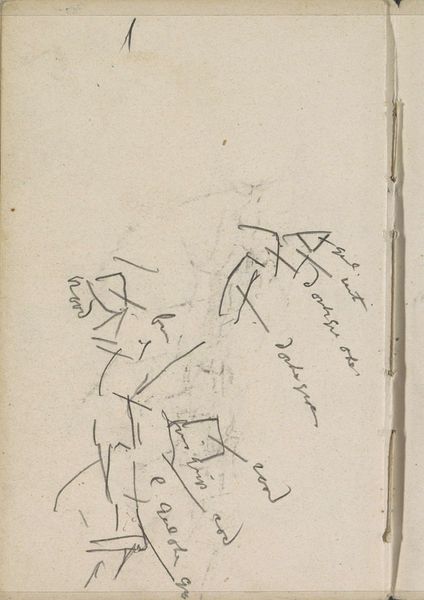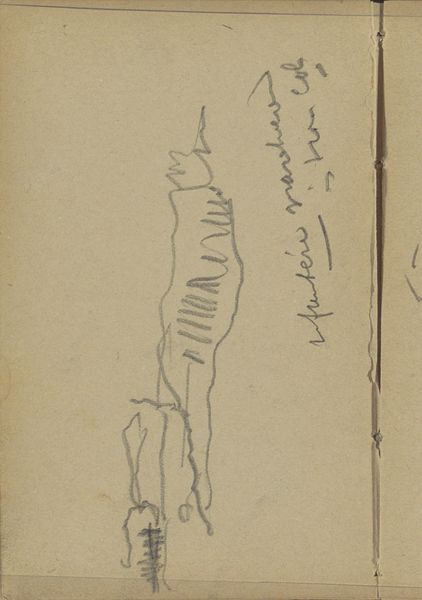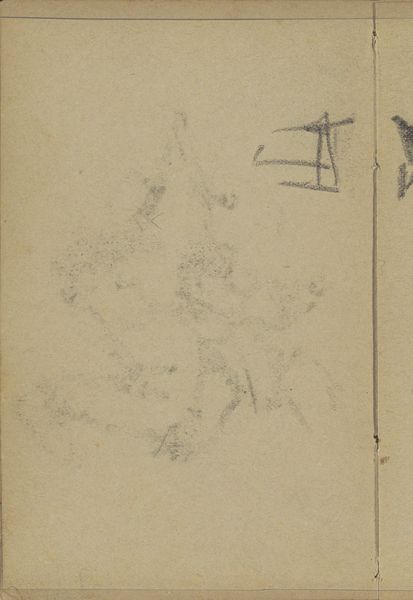
drawing, pencil
#
drawing
#
landscape
#
pencil
#
building
Copyright: Rijks Museum: Open Domain
Editor: This pencil drawing, "Tower on the Heath" by George Hendrik Breitner, made sometime between 1887 and 1891, is surprisingly delicate. Considering its subject - a tower - I would have imagined a more robust mark-making style, instead, the scene almost dissolves into the background of the paper. How do you approach interpreting such a light, sketchy work? Curator: I think we need to consider Breitner’s broader artistic project here. He was keenly interested in depicting modern life, not just through finished paintings but also through preparatory studies like this. How does the very act of sketching—a quick, repeatable, and somewhat democratic medium like pencil on paper – play into this desire to capture fleeting moments? This isn't about celebrating a monumental structure; it's about observing a built form *within* a particular landscape at a specific point in time, wouldn’t you agree? Editor: That’s interesting! So the materiality of the pencil, being easily accessible and conducive to rapid notation, democratizes the scene and shifts the emphasis away from the grandiosity of architecture towards everyday observation? Curator: Exactly. It moves the focus toward labor – the artistic labor of observation and recording. Also, how does the “heath” itself function within a larger economic system? Who worked the land, who had access to it? The “Tower” suggests ownership and control – or does it provide surveying infrastructure offering better access to resources from a distance? We are witnessing labor within a landscape, facilitated through sketching. Editor: I hadn't considered the economic dimension of the landscape itself. So, understanding the material of the sketch as both democratizing and inherently linked to labour is crucial? Curator: Absolutely. Breitner’s choice of medium speaks volumes about the accessibility, production, and ultimately, the consumption of art itself within his socio-economic reality. Editor: Thank you. This discussion has made me consider the sketch in new ways, far beyond just preparatory practice. I now recognize how choices regarding the making can be very relevant to the message. Curator: Likewise. By interrogating these seemingly simple drawings, we access complex networks of production, labour, and societal structures.
Comments
No comments
Be the first to comment and join the conversation on the ultimate creative platform.
